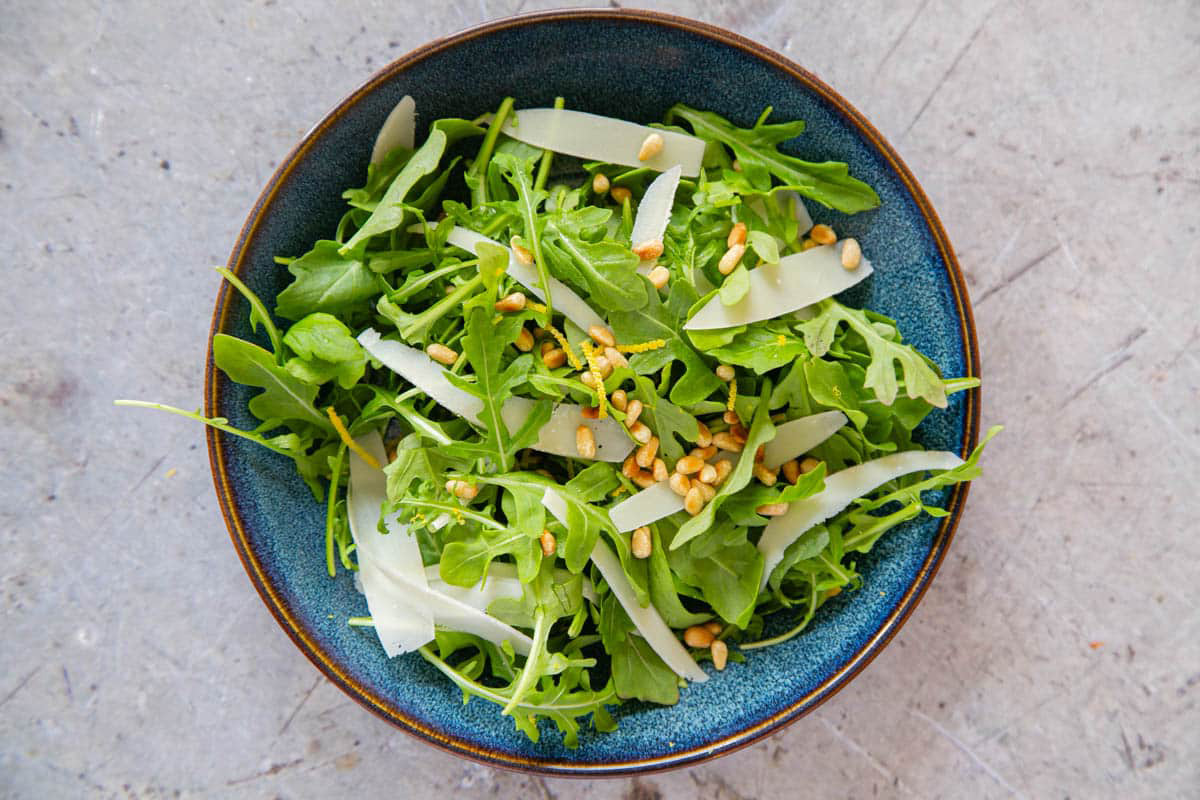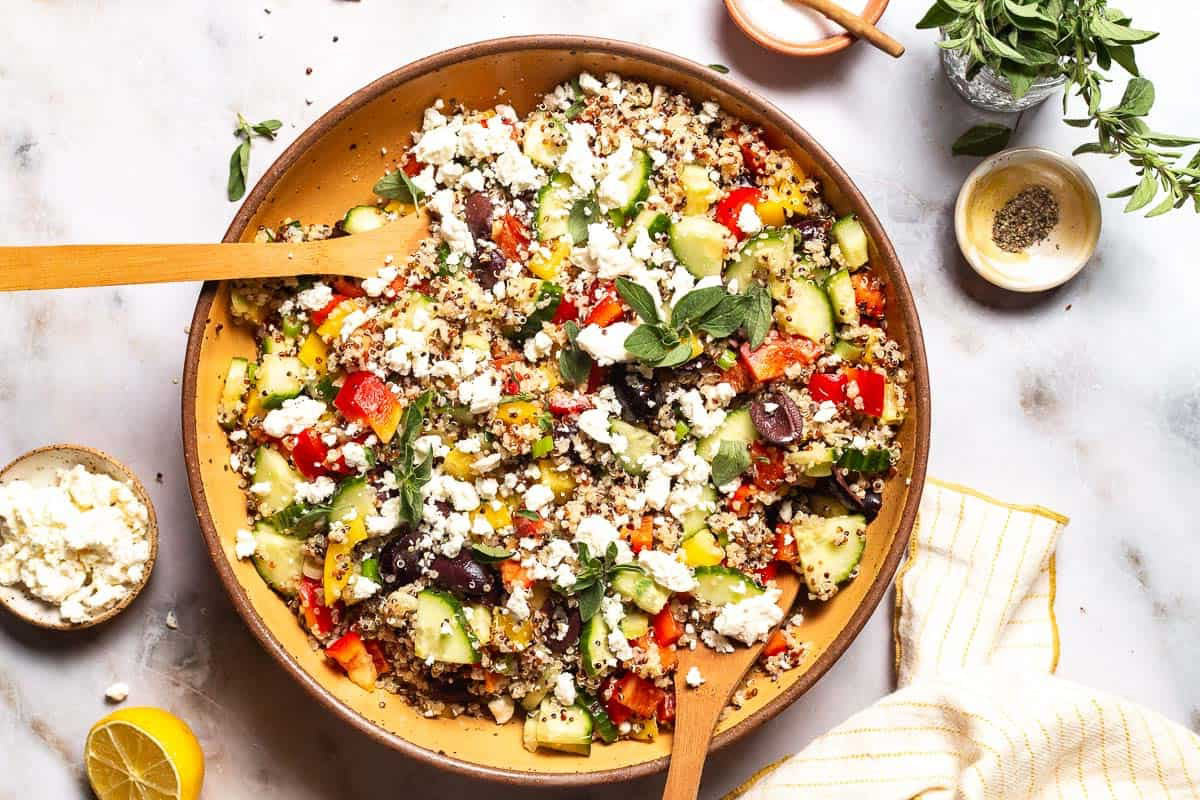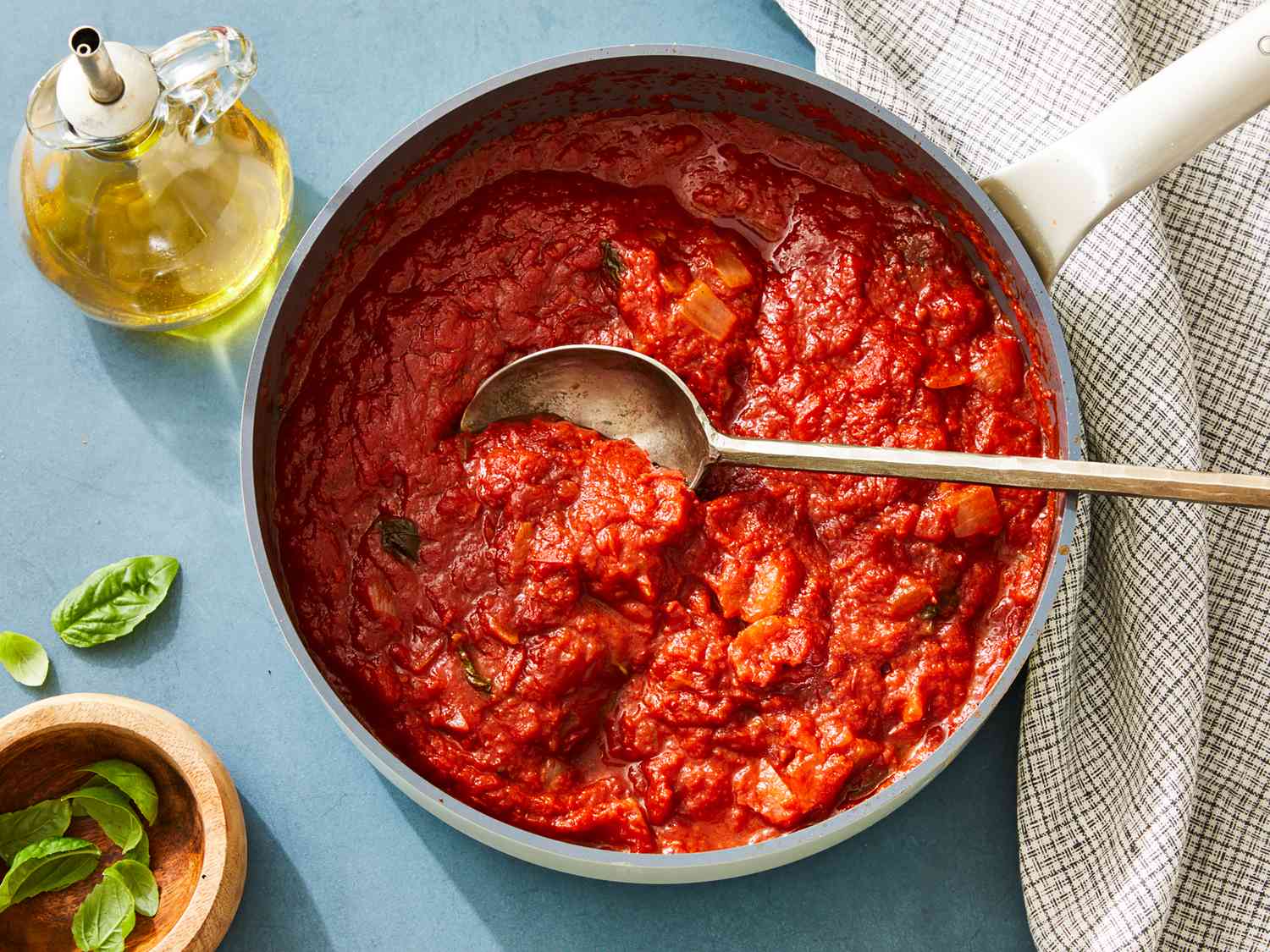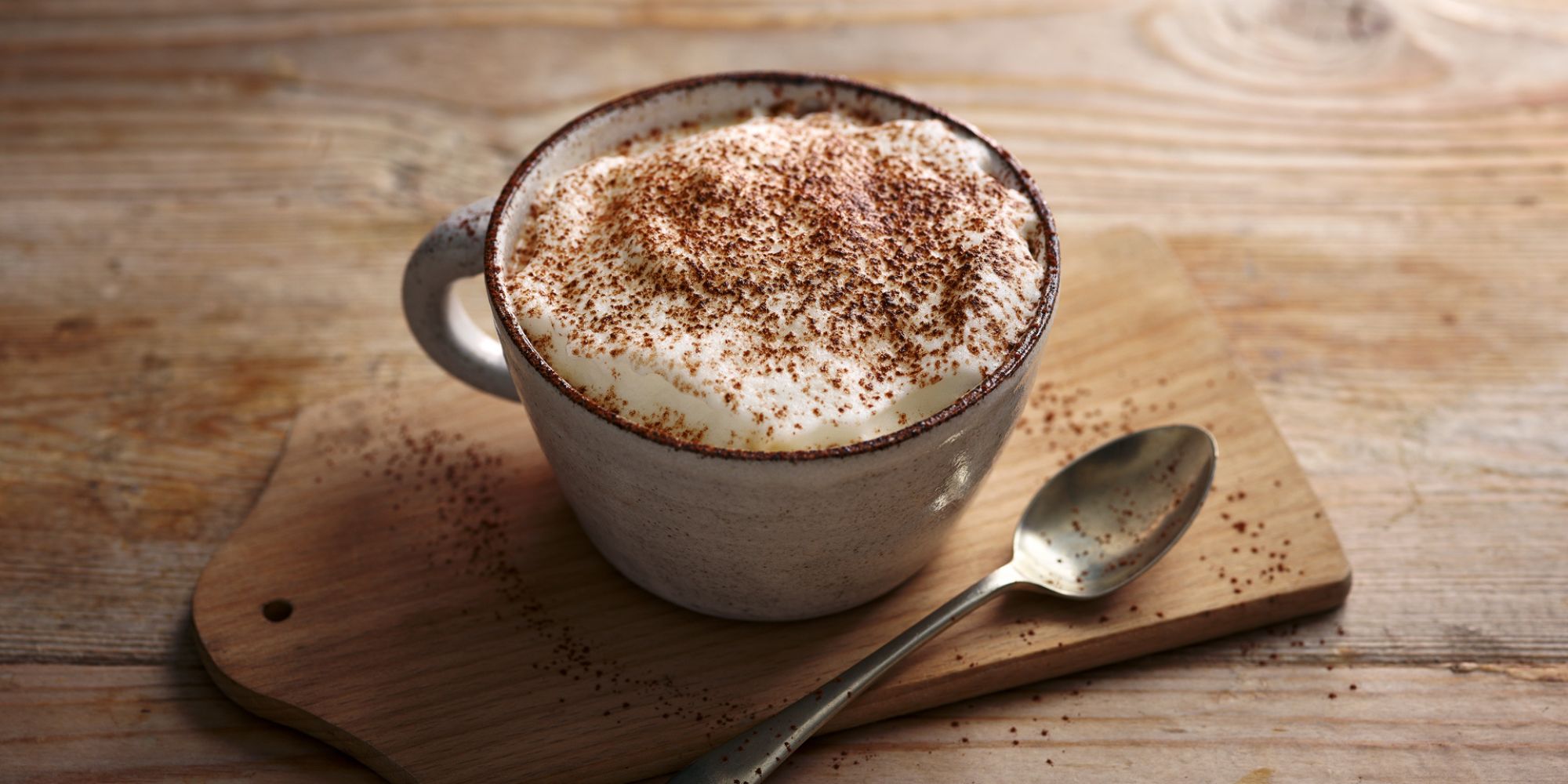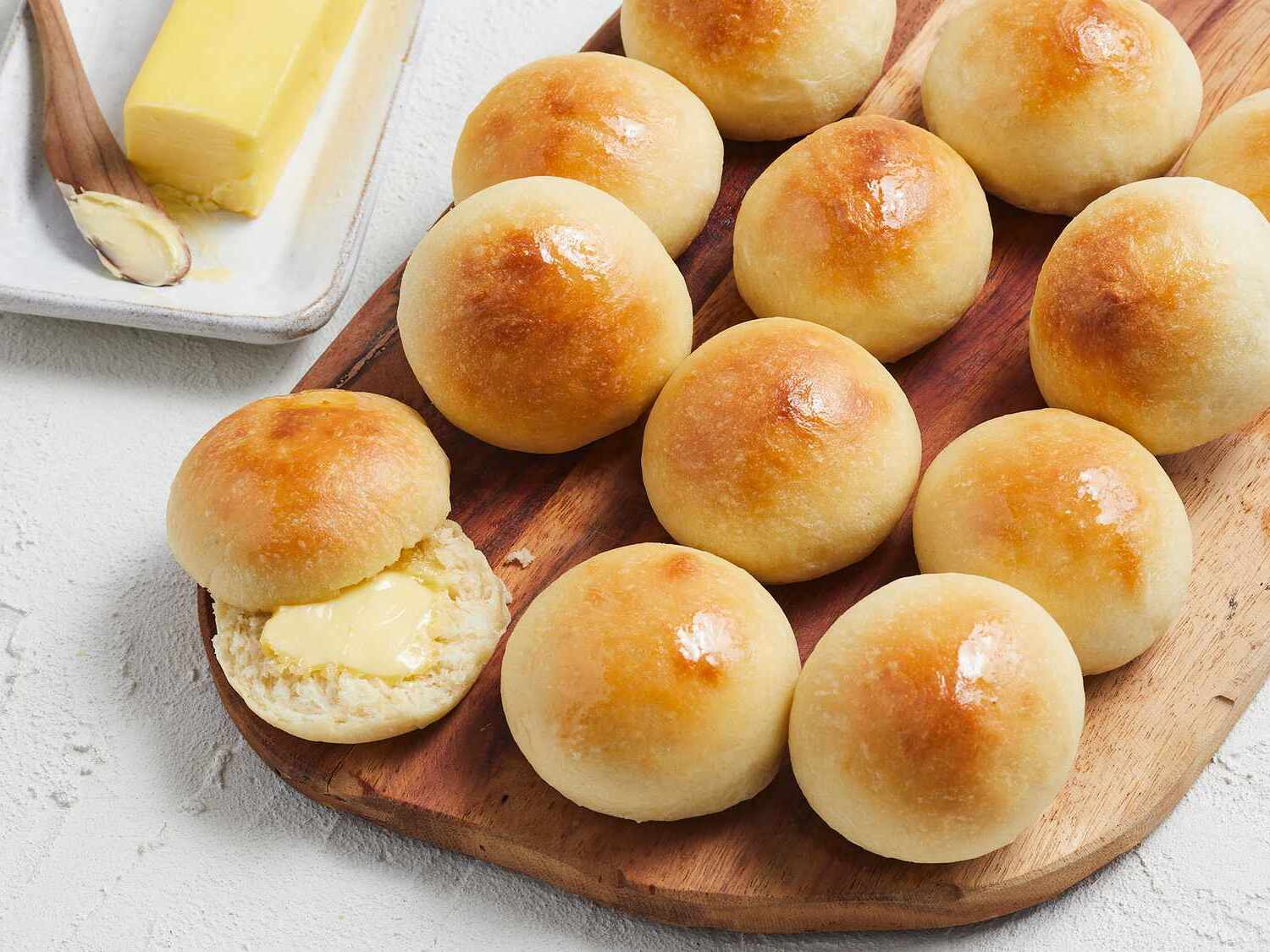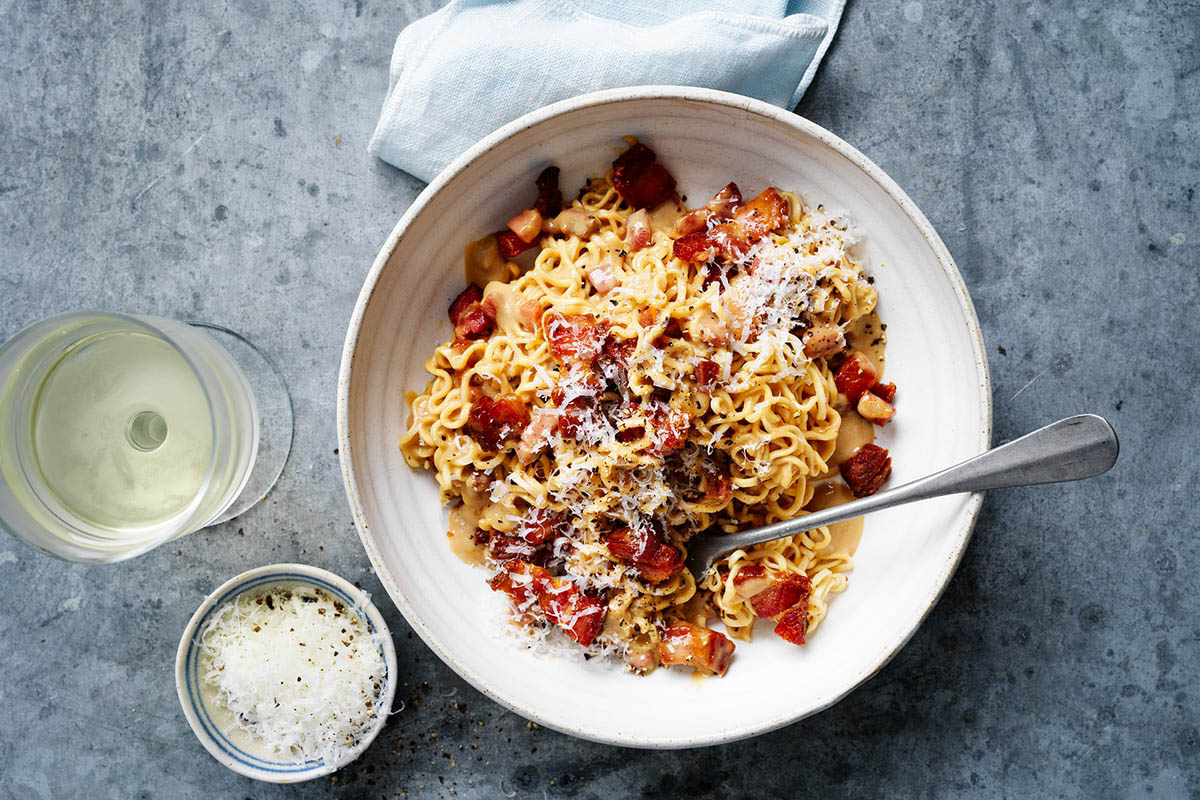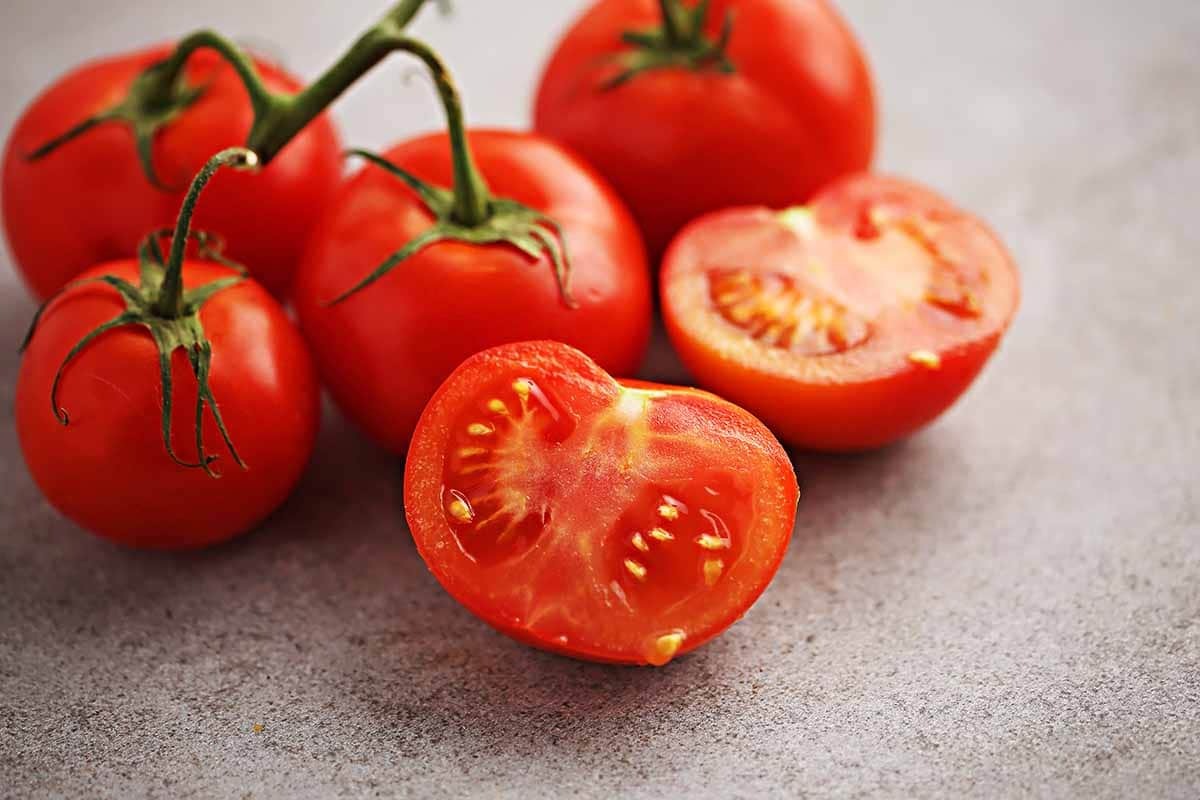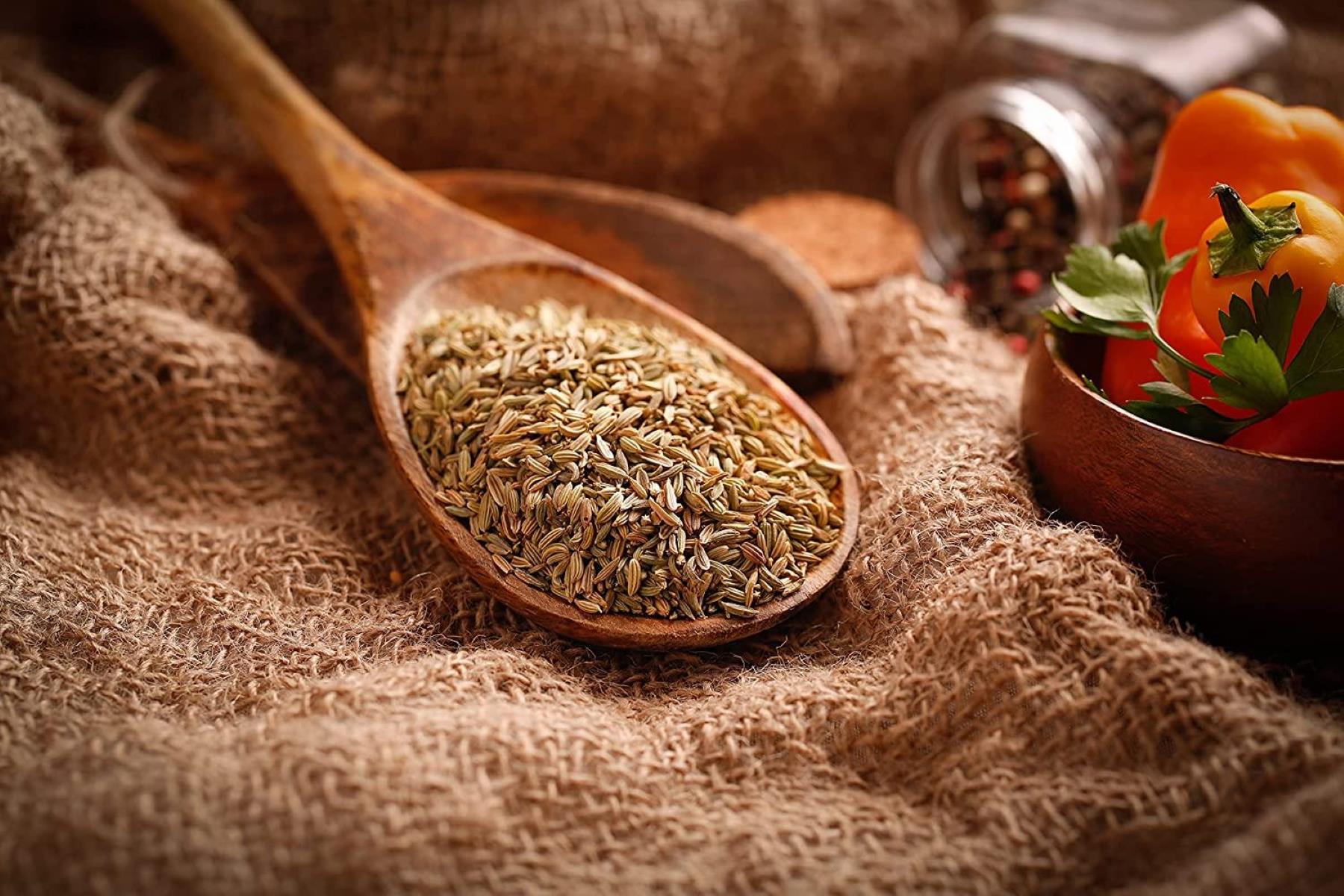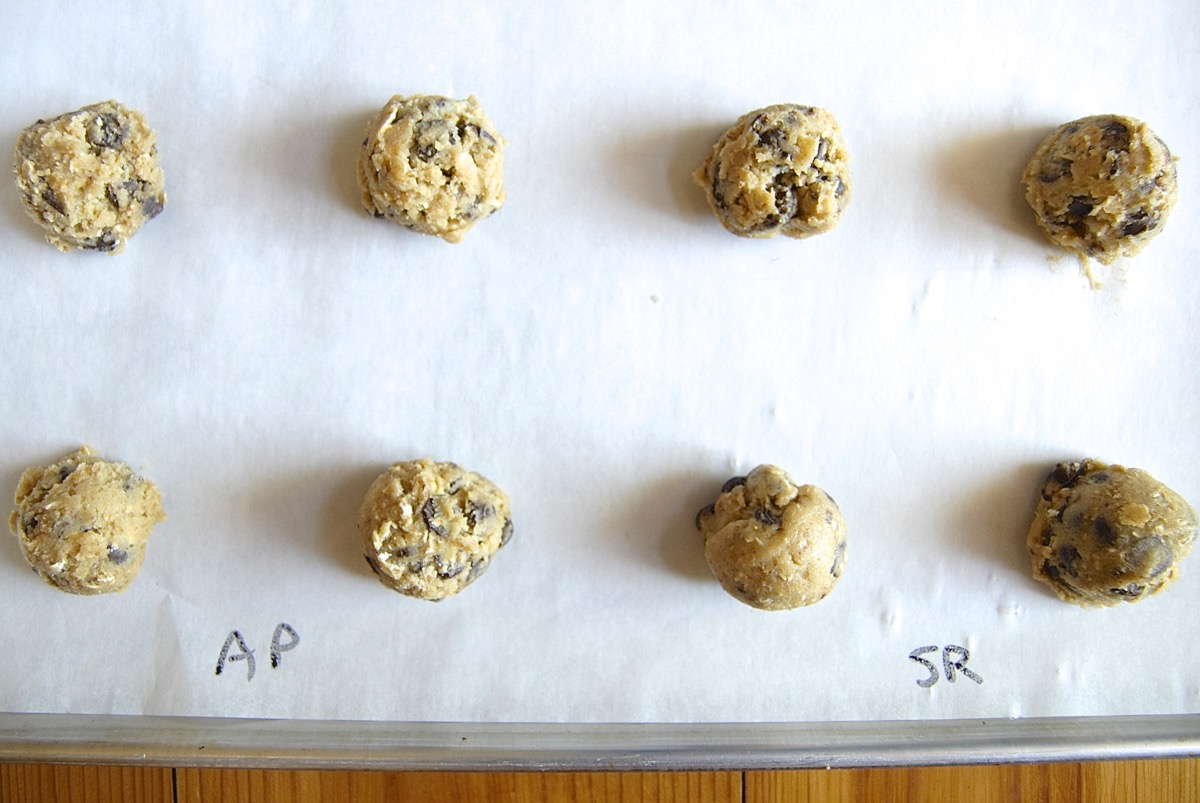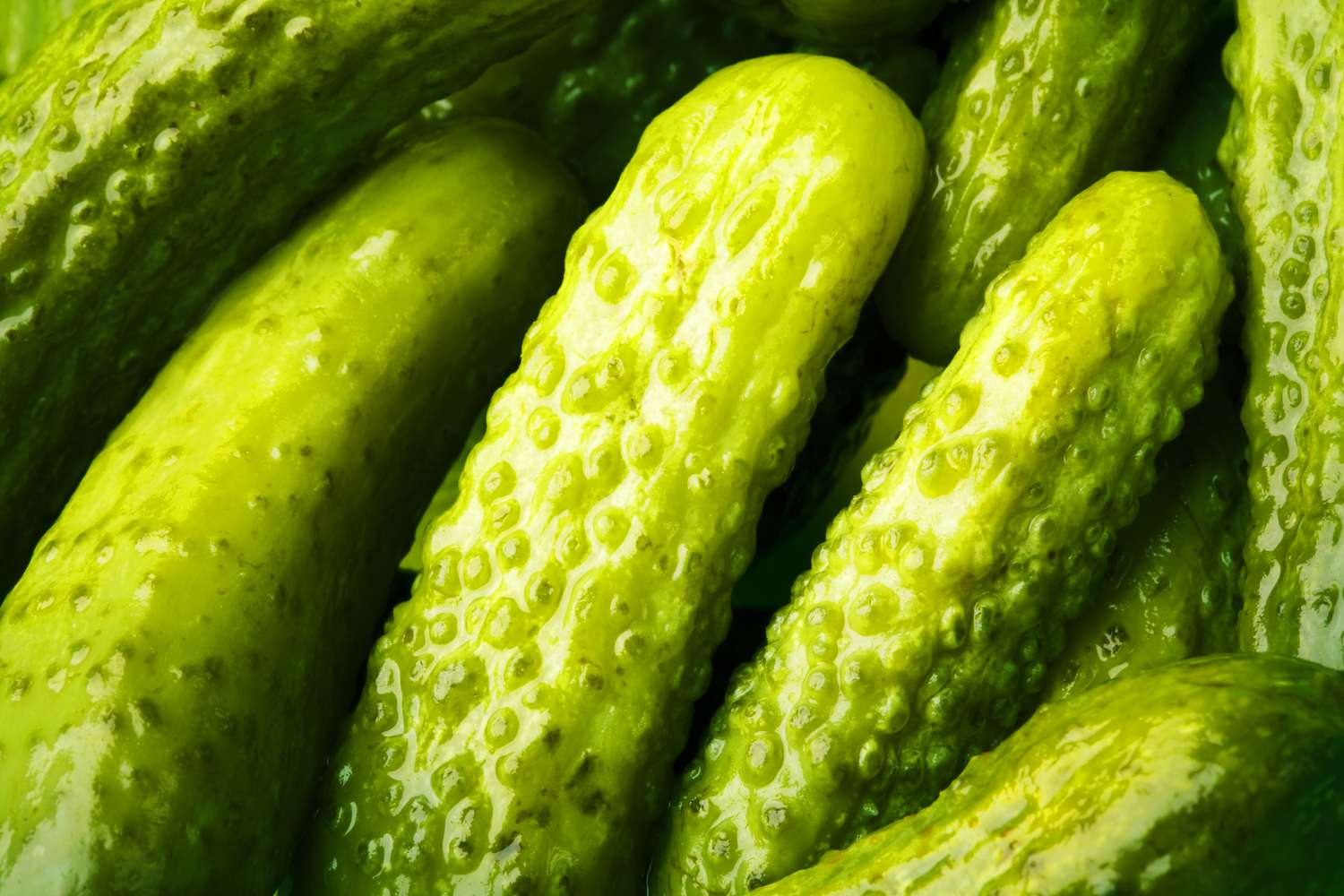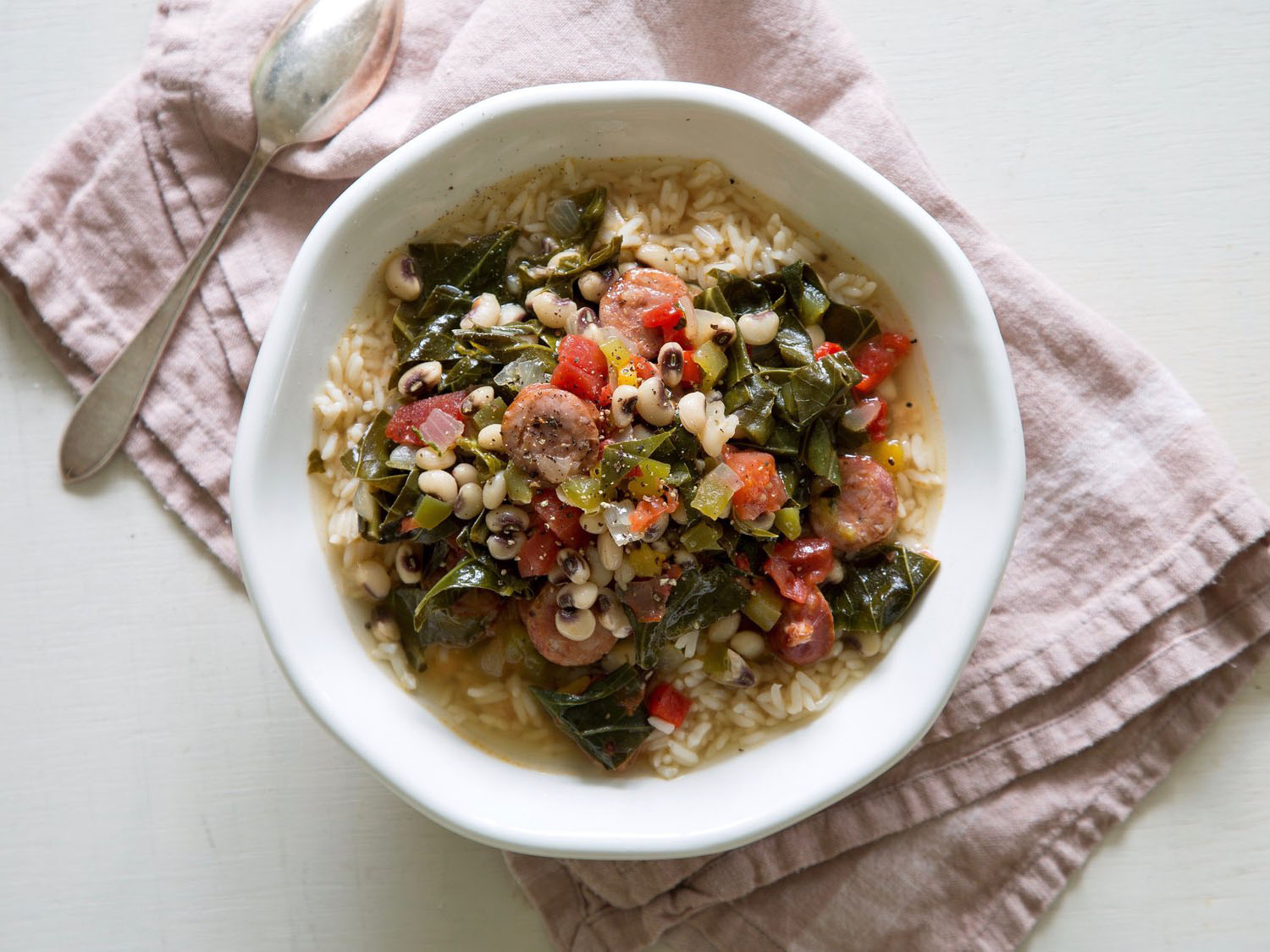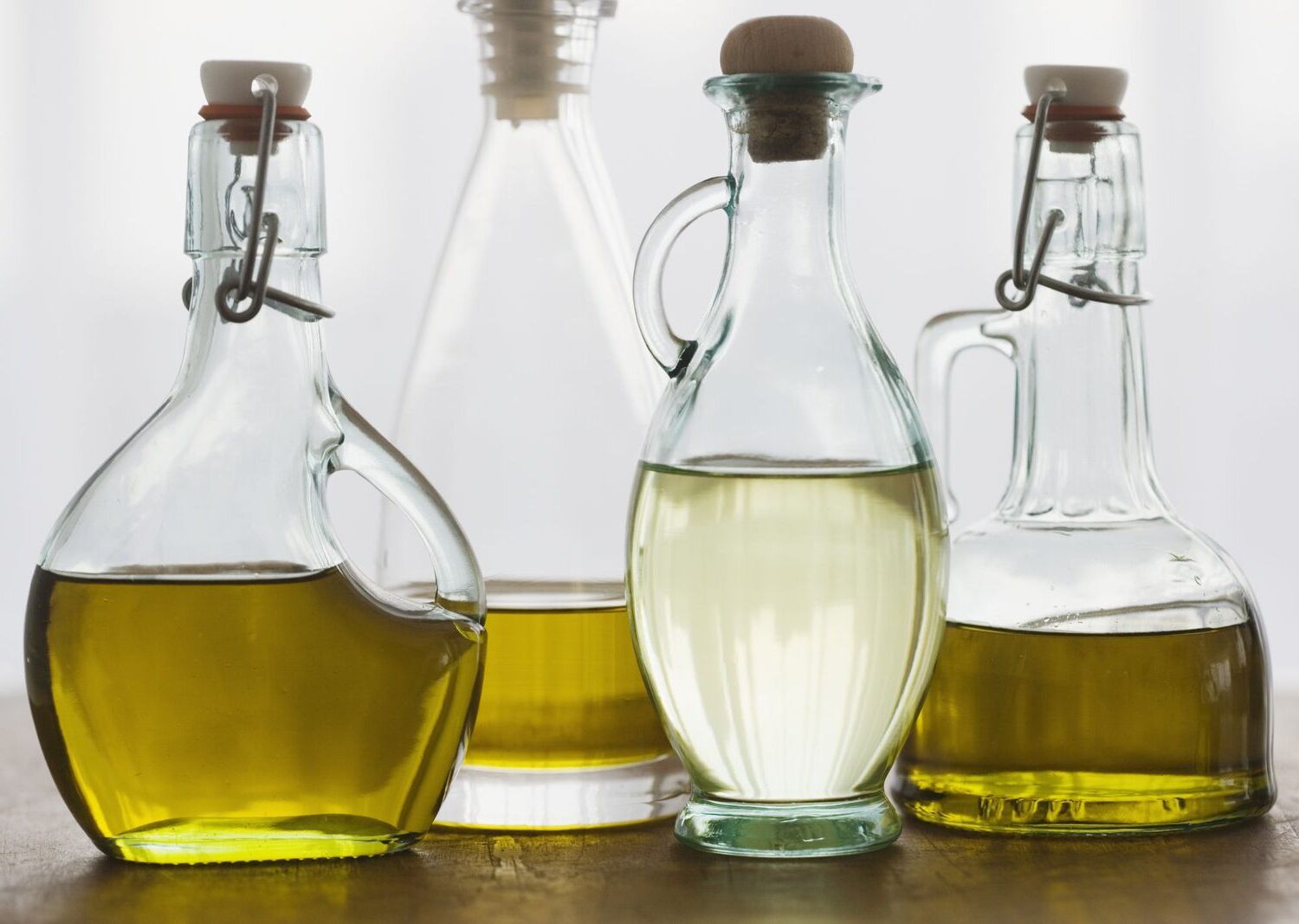Understanding the Mince Knife Cut
When it comes to cooking, knife skills are essential for creating delicious and visually appealing dishes. One important knife cut that every aspiring chef should master is the mince. The mince knife cut involves finely chopping ingredients into small, uniform pieces, and it is commonly used in a wide range of recipes, from savory dishes to salads and salsas.
How to Achieve the Perfect Mince
Creating the perfect mince requires precision and practice. Here are the basic steps to achieve a finely minced ingredient:
- Preparation: Start by gathering the ingredients you want to mince. This can include vegetables, herbs, or even meat.
- Sharp Knife: It’s crucial to use a sharp knife to ensure clean and precise cuts. A chef’s knife or a santoku knife is ideal for mincing.
- Cutting Technique: Hold the ingredient firmly and use a rocking motion with the knife to chop the ingredient into small, uniform pieces.
- Consistency: Aim for a consistent size throughout the mince to ensure even cooking and presentation.
Applications of Mince in Cooking
The mince knife cut is a versatile technique that can be used in a variety of dishes. Here are some common applications of mincing in cooking:
- Ground Meat: Mincing meat is a popular way to create ground meat for dishes such as burgers, meatballs, and Bolognese sauce.
- Aromatics: Onions, garlic, and shallots are often minced to add flavor to soups, stews, and sauces.
- Herbs: Fresh herbs like parsley, cilantro, and mint are commonly minced to add a burst of flavor to salads, dressings, and marinades.
- Vegetables: Ingredients like carrots, celery, and bell peppers can be minced to add texture and flavor to various dishes.
Benefits of Mincing
There are several benefits to using the mince knife cut in cooking:
- Enhanced Flavor: Mincing ingredients releases their natural oils and flavors, enhancing the overall taste of the dish.
- Even Cooking: Ingredients that are minced to a uniform size will cook evenly, preventing some pieces from being undercooked while others are overcooked.
- Improved Texture: Mincing can add a pleasant texture to dishes, especially when using vegetables and herbs.
- Visual Appeal: Finely minced ingredients can add visual appeal to a dish, making it more attractive to the eye.
Conclusion
Mastering the mince knife cut is an essential skill for any home cook or professional chef. Whether you’re preparing a savory sauce, a vibrant salad, or a flavorful meat dish, understanding how to mince ingredients properly can elevate your cooking to the next level. With practice and attention to detail, you can achieve the perfect mince and enhance the flavor, texture, and presentation of your culinary creations.
Was this page helpful?
Read Next: What Is Mint Chutney?
